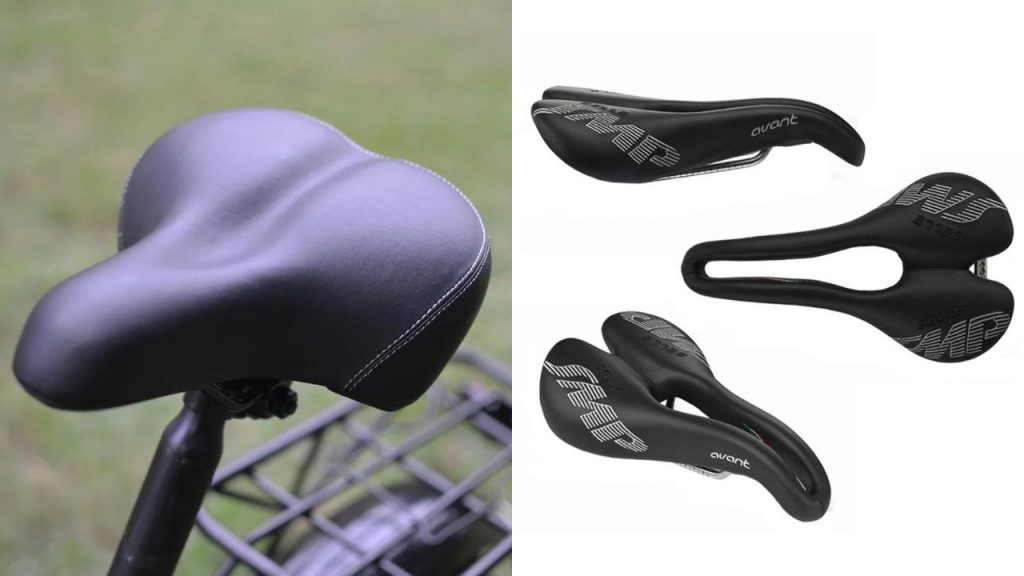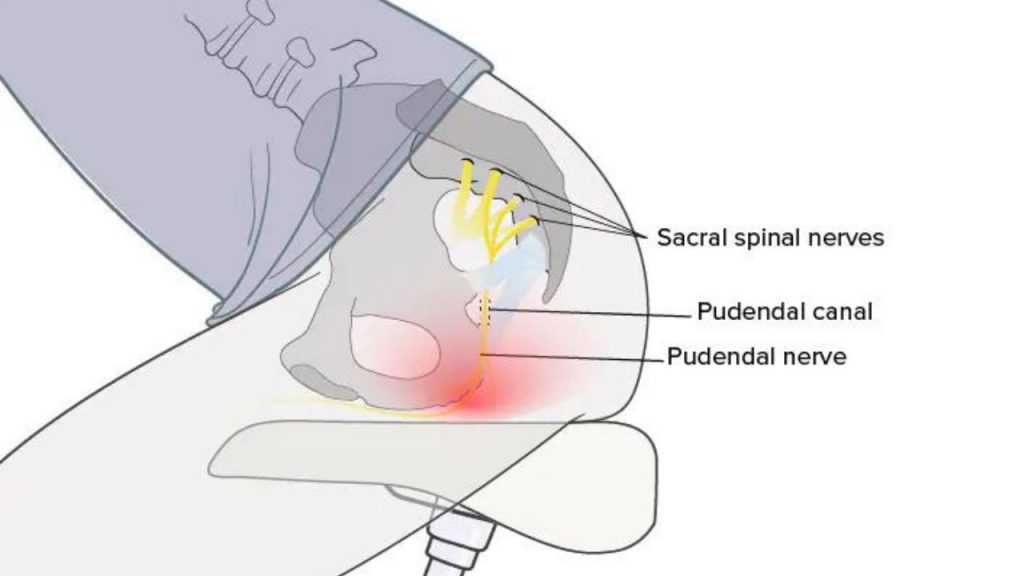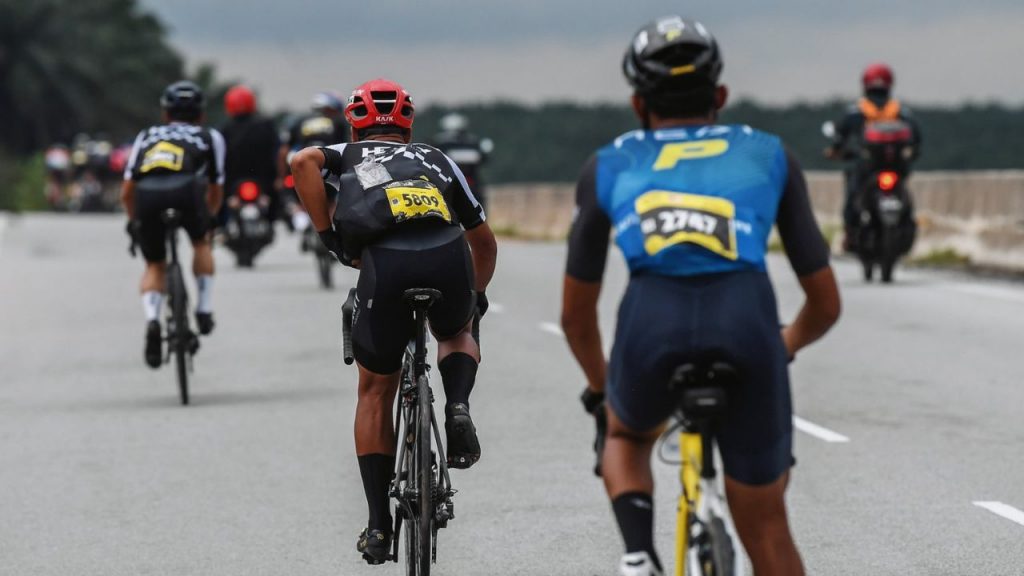Proper body weight distribution on a bicycle saddle depends on two factors: saddle shape and saddle position.
Simply getting a saddle into the correct position to match a cyclist’s pedaling movement without a saddle shape that stabilizes the pelvis will lead to imbalanced body weight distribution as the pelvis tilts sideways to relieve pressure on the groins.
A good saddle is one that allows the pelvis to sit squarely on it with balanced weight distribution on both sit bones. Most of the groin area consists of sensitive soft tissues, exerting pressure on this area (known as the perineum) will cause numbness during rides. According to medical studies, if left unresolved, it will lead to loss of sensitivity in genital organs and worse, erectile dysfunction.

How to choose traditional saddles and modern anatomy-specific saddles which require much more attention to shape fitment and position adjustments?
For a traditional saddle, you have to make sure the width of the saddle platform is sufficiently wide enough to provide a stable seating foundation for the sit bones, to effectively elevate the perineum area and prevent it from being pressured against the saddle
First, set up your bike on a turbo trainer and do a short spin to get comfortable. Then, stop pedaling and maintain cycling posture, do not sit up straight. With your right hand, reach out to the right side of your pelvis and try to find the sit bone on the right.
Repeat the same with the left. If the pointy ends of sit bones are located within the saddle platform area, then you have a saddle width suitable for you. If the sit bone is at the very edge of the saddle, or slightly away from the saddle, this means that you’ll have to get a wider saddle.

Another cause of perineum numbness is often linked to rounded profile saddles, with the reason simply being the sit bones are sitting further below the highest peak of the saddle, causing the perineum area to press hard against the bulging spine along the center of the saddle. Although some cyclists may not have perineum numbness issues using a rounded profile saddle, the majority of them will. In this case, opt for a flat profile saddle.
Another option to consider is the cut-out section in the middle of the saddle. Basically, every single rider will benefit from a saddle with a cut-out middle section, as it removes the possibility of the perineum pressing against the saddle. However, there’s a loss in shell structure strength as there are fewer materials in the saddle. Long-term usage leads to sagging and affects the visual appearance.

Anatomy-specific saddles like the Selle SMP and ISM Adamo are designed to support a larger portion of the sit bones, instead of just the pointy ends like a traditional saddle. This will disperse body weight across a slightly wider area and reduces skin soreness, at the same time it provides even more stability to the pelvis.
When buying an anatomy-specific saddle, you will have to consider your sit bone anatomy (not just the width) to determine which exact model suits you. As these are anatomy specific, the fitment is required to perfectly match your pelvis, any slight deviation will cause discomfort.
In this case, it is advisable to bring your bicycle to the shop and set it up on a turbo trainer and test ride each model until you find one which is specific to your pelvis shape. If there’s a hint of uneasiness regardless of how many times adjustments have been made to the saddle position, it means that the particular model is not suitable for you.

Lastly, many of us get tempted by saddles with thick paddings, thinking more padding will be more comfortable. It does help for short-distance rides. However, if you plan to go for long rides, choose a saddle that supports more on the sit bones rather than on the flesh around the buttocks. While sitting with pressure on the buttocks feels comfortable at the start, it will lead to numbness eventually once the journey gets longer.




